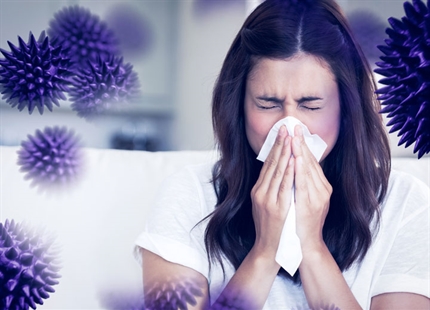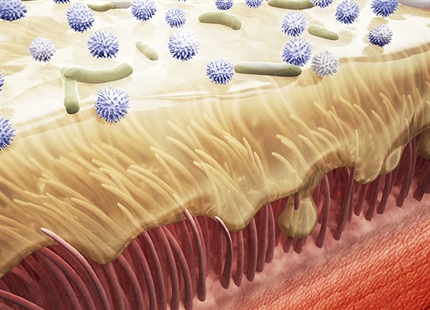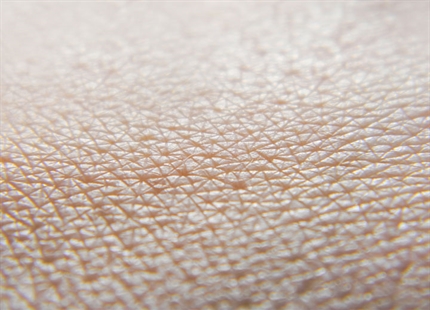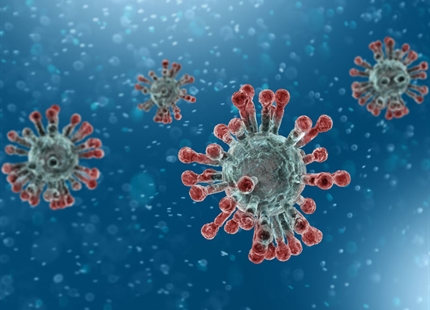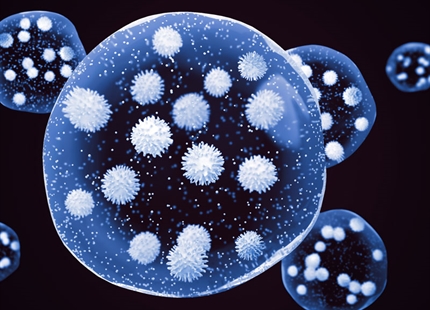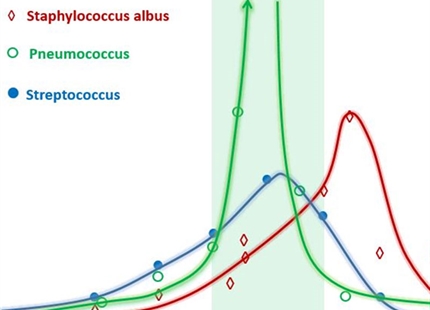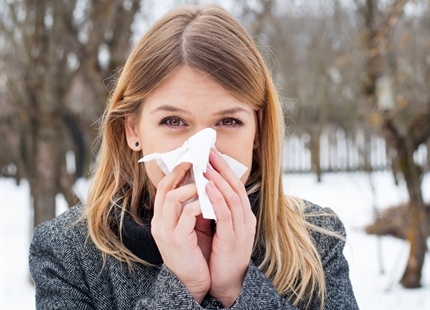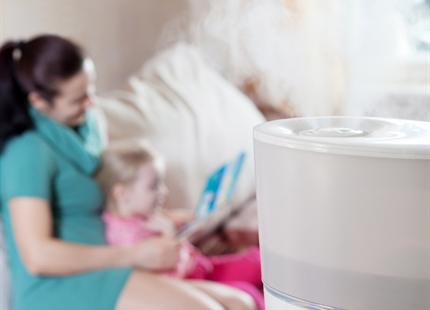Published: Jun 2015 | Journal of Infection (2015) 71, S54eS58
Influenza and humidity – Why a bit more damp may be good for you!
Metz JA, Finn A
Abstract
Influenza is a major cause of winter-time morbidity and mortality in temperate climates. While the regular “coincidence” of flu epidemics and winter is obvious, the causal relationship is still not well understood. Studies on the role of relative humidity (RH) and temperature on viral survival, transmission and infection rates didn’t demonstrate conclusive trends. A series of exciting recent studies have instead focused on absolute humidity (AH) and demonstrated highly significant correlations with viral survival and transmission rates in both laboratory and epidemiological models.
The paper reviews the evidence for a causal relationship between absolute humidity and 'flu transmission and outlines, how this could lead to a new approach to curbing this and perhaps other viral epidemics in the winter months.
Conclusion
Quote: “There are data to suggest that outdoor AH levels affect humidity levels inside and that simple humidifiers may be adequate to raise AH to levels associated with a significant reduction in influenza virus survival”.
“The prospect of reducing influenza-associated morbidity and mortality by increasing the absolute humidity in nurseries, classrooms, hospitals, homes for the elderly and general public spaces is an exciting and novel potential strategy for disarming 'flu”.
Scientific studies main menu
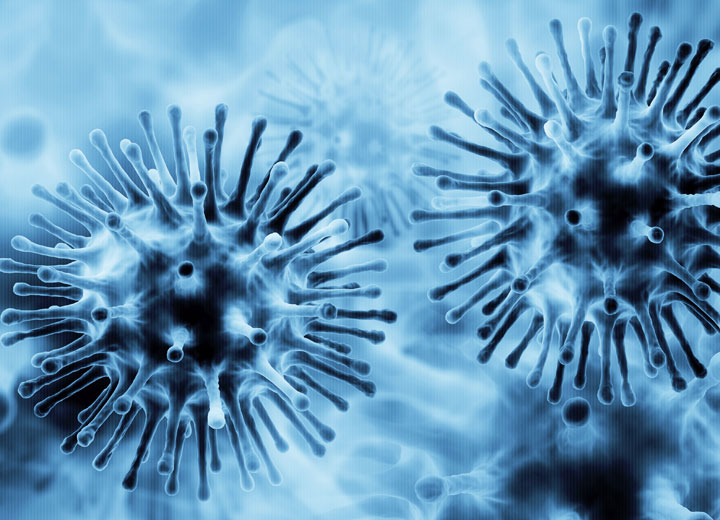
Dry air and airborne infection
Low humidity acts as a conduit for viruses and airborne bacteria to disperse and travel around a building and threaten all occupants.
Read moreDry air and our airway defence system
Low humidity dries our mucous membranes and inhibits our body's natural defence against airborne germs, viruses and bacteria.
Read moreDry air and our eyes
Low humidity dries our eyes' precorneal tear film making us prone to eye irritations and contact lens discomfort.
Read moreDry air and our skin
Low humidity dries the outer layer of our skin leading to itchiness, cracking and dermatological problems.
Read more